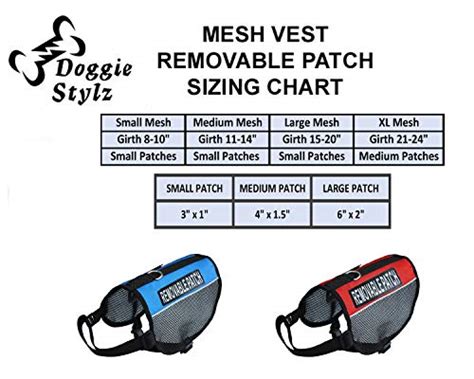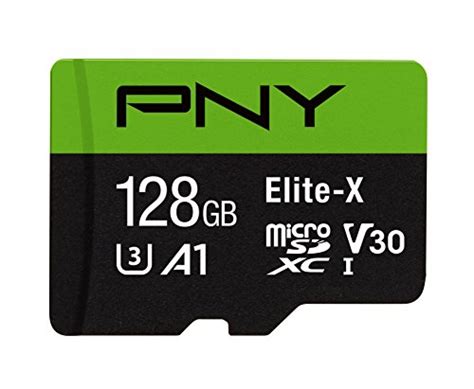You’ll often find data processing as noisy and inconsistent. With exponentially expanding data generation and the rising number of heterogeneous data sources, the chances of gathering irregular data are high.
For accurate predictions, high-quality data needs to be used. Therefore, it’s essential to process accurate data for the best quality. This step is referred to as data preprocessing, making it one of the most significant steps in machine learning, artificial intelligence, and data science.
What is Data Preprocessing?
Transforming raw data and converting it into an understandable and beneficial format. Because the raw data is inconsistent, has human errors, and is incomplete, therefore, using it is inoperable. Data preprocessing consists of mistakes that make datasets complete and effective in executing data analysis.
With distinctive data processing methods, you can successfully carry out machine learning and data mining projects. The process makes information extraction from datasets easier and faster which eventually affects the functioning of machine learning models.

In simple words, data preprocessing converts data in such a form that computers can work on conveniently. This also makes visualization and data analysis easier and surges the speed, accuracy, and preciseness of machine learning algorithms that train on the provided information.
Why Do You Need Data Processing?
The database is used for collecting the data points. These data points are also referred to as observations, records, events, and samples.
Various issues usually come up while gathering the data. For this, you may need to combine data from distinctive sources, which leads to mismatching data formats like float and integer.
If you’re collecting data from two or more neutral datasets, the gender field might have two or different standards for men (that can be male and men). Data preprocessing makes this a lot convenient to use and interpret. The procedure reduces the inconsistencies and avoids data duplication. Besides, it also removes any incorrect values as a result of human errors or bugs.

In simple words, data preprocessing makes the database more accurate, precise, and complete.
The Four Stages of Data Preprocessing
There are four data processing techniques’ stages that are;
- Cleaning
- Integration
- Reduction
- Transformation
Data Cleaning
This process includes cleaning datasets by finding missing values, eliminating the outliers, leveling noisy data, and adjusting any inconsistent data points. In essence, data cleaning aims to provide complete and precise samples for machine learning models.
There are different strategies and techniques implemented in data cleaning, which are specific to the data scientists’ preferences and the issue they are trying to resolve.

Data Integration
Scientists gather data from different sources. Thus, data integration becomes a significant step of data preparation. Integration leads to inconsistent data points, which ultimately leads to models with lesser accuracy.
Data consolidation is one of the most widely used methods to integrate data accurately. This data is brought together physically and kept in one place. This automatically increases productivity and efficiency.
Besides, data virtualization and data propagation are also used for the same purpose. Both the approaches are equally significant and help in effective data integration.

Data Reduction
Quite evident from the name – data reduction is used to reduce the amount of data that eventually reduces the costs of data analysis or data mining.
It provides a summarized representation of the entire dataset. Even though this step shortens the volume, it upholds the integrity and reliability of the original data. The two main approaches for data reduction are;
- Dimensionality reduction
- Numerosity reduction
Data Transformation
This step includes converting data from one format to another. It also includes other strategies of transforming the data into a proper form that can be learned by the computer quickly.
The different strategies used for data transformation are;
- Smoothing
- Aggregation
- Discretization
- Generalization
- Normalization
- Feature construction
- Concept hierarchy generation
Bottom-Line
Data can be used from nearly endless sources – customer service communication, internal data, and the internet – to help consider their choices and improve the company.
The thing is that you can’t just take raw data and process it through analytics programs and machine learning at that very moment. Initially, you need to preprocess the data, it is read and understood by the machines easily.
This article has thoroughly discussed the different steps of data preprocessing and why it is used.
For more informative articles, stay connected.
 How To Be Your Dogs Best Friend The Classic Training Manual For Dog Owners
How To Be Your Dogs Best Friend The Classic Training Manual For Dog Owners
 Classical Naptime For Tots
Classical Naptime For Tots
 Doggie Stylz Set Of 2 Reflective Therapy Dog In Training Removable Patches Wit
Doggie Stylz Set Of 2 Reflective Therapy Dog In Training Removable Patches Wit
 6 Pcs Service Dog In Trainingworkingstress Amp Anxiety Response Embroidere
6 Pcs Service Dog In Trainingworkingstress Amp Anxiety Response Embroidere
 Service Dog In Training Patch With Hook Back And Reflective Lettering For Servic
Service Dog In Training Patch With Hook Back And Reflective Lettering For Servic
 Four Paws Wee Wee Pee Pads For Dogs And Puppies Training L Gigantic Xl St
Four Paws Wee Wee Pee Pads For Dogs And Puppies Training L Gigantic Xl St
 Pny 128gb Elite X Class 10 U3 V30 Microsdxc Flash Memory Card 100mbs
Pny 128gb Elite X Class 10 U3 V30 Microsdxc Flash Memory Card 100mbs
 Academy Of Beasts V Shifter Romance
Academy Of Beasts V Shifter Romance
 Beast Academy 5a Practice
Beast Academy 5a Practice
 32gb Class 10 Sdhc Flash Memory Card Standard Full Size Sd Card Ush I U
32gb Class 10 Sdhc Flash Memory Card Standard Full Size Sd Card Ush I U
 Go Power F 200 Class T 200 Amp Slow Blow Fuse Silver
Go Power F 200 Class T 200 Amp Slow Blow Fuse Silver
 Blue Sea Systems 5116 Fuse A3tclass T 200a
Blue Sea Systems 5116 Fuse A3tclass T 200a














![Flutter & Dart - The Complete Guide [2022 Edition]](https://img-c.udemycdn.com/course/100x100/1708340_7108_5.jpg)










